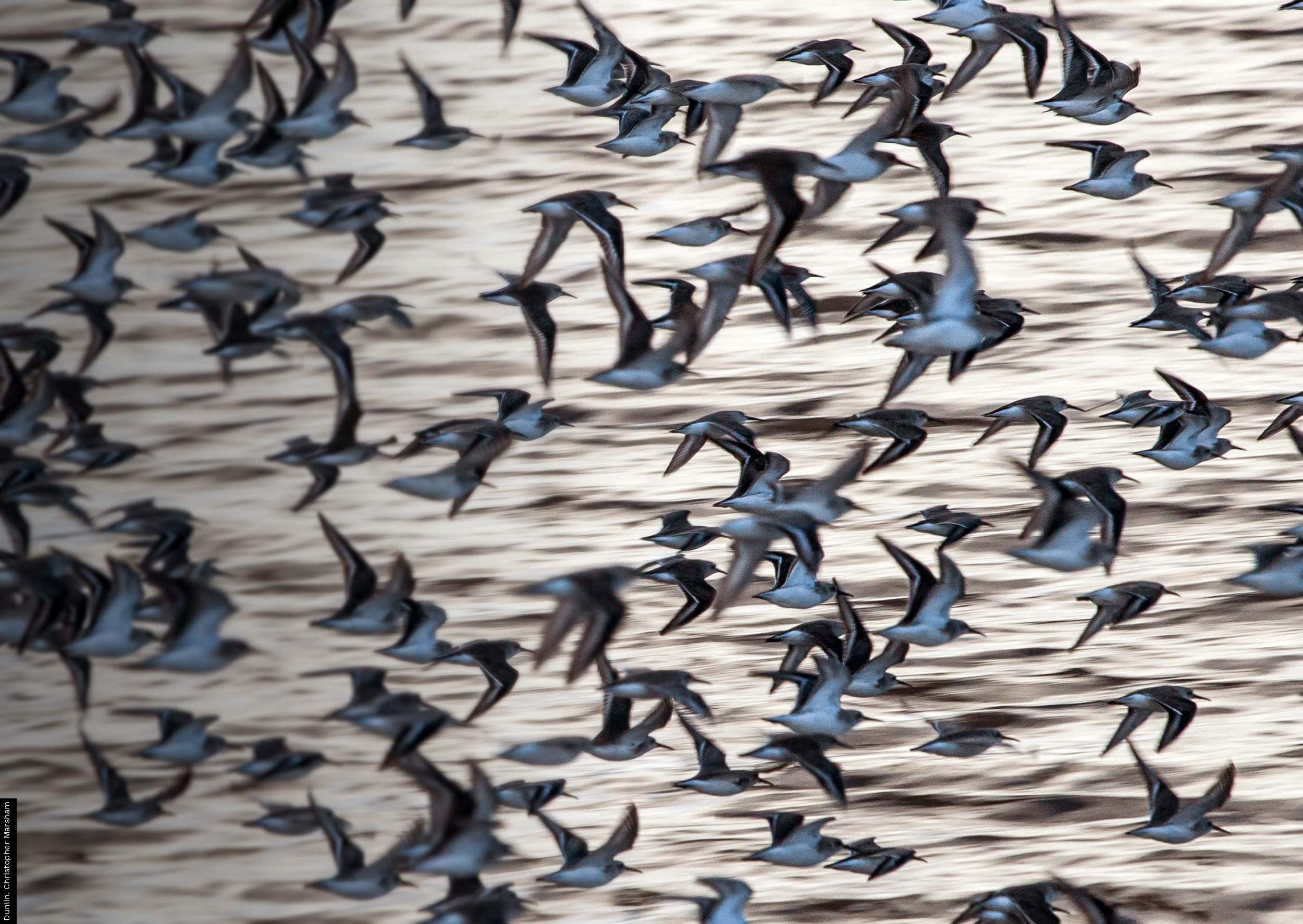New report paints a mixed picture for Northern Ireland’s internationally important seabirds
17 Mar 2023 | No. 2023-06
The tenth annual Northern Ireland Seabird Report has been published today by the British Trust for Ornithology (BTO).
It shows very different results for two species classified by the IUCN as Vulnerable at the European level, Fulmar and Kittiwake, as well as reporting concerning information on the breeding success of Common Terns.
All but one of the 22 species covered are on the Red or Amber lists of Birds of Conservation Concern in the UK, something partly explained by the long-term declines charted in the report.
The report is a comprehensive analysis of the numbers of seabirds that bred in Northern Irish colonies in 2022. It draws on data collected by a dedicated and highly skilled network, led by BTO, of volunteers and staff of National Trust, Ulster Wildlife and RSPB on behalf of the Northern Ireland Environment Agency (NIEA). 2022 was the first year in which monitoring of seabird colonies was expected to return to ‘normal’ following restrictions due to Covid-19. However, access was greatly reduced from late June, when Highly Pathogenic Avian Influenza (HPAI) made landfall. Luckily, the disease reached Northern Ireland later in the breeding season than elsewhere in the UK, where it devastated seabird colonies and halted fieldwork.
Kittiwake numbers were found to have increased since 2021 at almost all surveyed sites, with an increase of 18% at Portrush and the highest total on Muck Island since 1987. This is in contrast to the species’ status in the UK as a whole, where numbers have halved since the late 1980s. Although Fulmars remain widespread breeding birds in Northern Ireland, their numbers are at a low ebb. The declines are particularly alarming in County Londonderry, where the species has all but vanished from a number of sites.
Northern Ireland’s Common Tern colonies appear to have recovered from a bad breeding year in 2020, with 44% more nesting birds in Strangford Lough than in 2021. However, surveys found evidence of very low and declining breeding success, with an average of 0.23 chicks fledged per nest. For some colonies in Strangford Lough, this dropped to just 0.09 chicks per nest, due to a combination of flooding and predation by American Mink.
The report notes that volunteers managed exceptionally high coverage during surveys of Black Guillemot, an iconic Northern Irish species. This is just one remarkable example of the dedication and passion of the volunteers who work tirelessly to help us understand how to and preserve the region's seabirds.
Dr Katherine Booth Jones, BTO Senior Research Ecologist and Northern Ireland Seabird Report Editor, said: “This report would not exist without the Northern Ireland Seabird Network, a special collaboration between volunteer seabird surveyors, the BTO, NIEA, RSPB, the National Trust and Ulster Wildlife. The monitoring work, which revealed both winners and losers in 2022, allows scientists to better understand how Northern Ireland’s internationally important seabird populations are responding to their changing environment.”
Contact Details
Tom Stewart (BTO Media Manager)
Mobile: 07585 440910
Email: press@bto.org
Mike Toms (Head of Communications)
Mobile 07850 500791
Email: press@bto.org
Images are available for use alongside this News Release. These can be downloaded from this link for which you will need to enter the password NISeabirds2023. Alternatively, please contact press@bto.org quoting reference 2023-06.
Notes for editors
BTO is the UK's leading bird research charity. A growing membership and up to 60,000 volunteer birdwatchers contribute to BTO's surveys, collecting information that underpins conservation action in the UK. BTO maintains a staff of 100 at its offices in Thetford, Stirling, Bangor (Wales) and Belfast (Northern Ireland), who analyse and publicise the results of surveys and projects. BTO's work is funded by BTO supporters, government, trusts, industry and conservation organisations. www.bto.org






Share this page